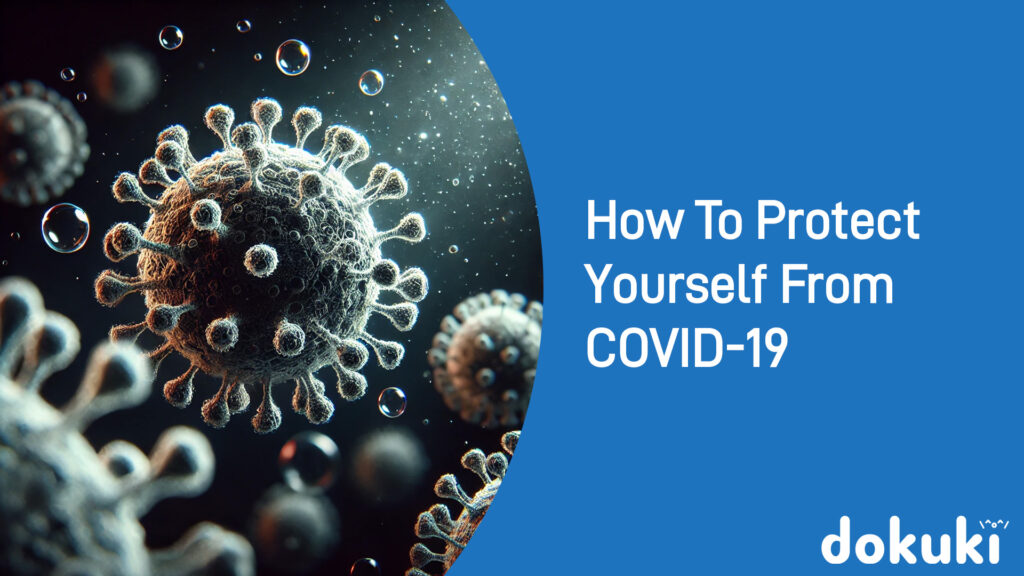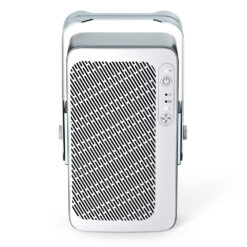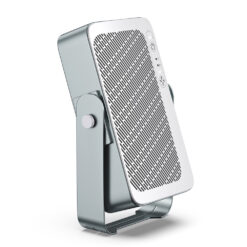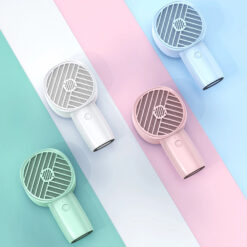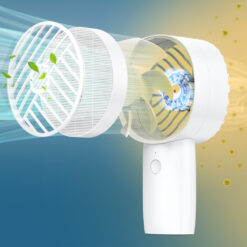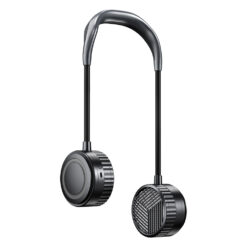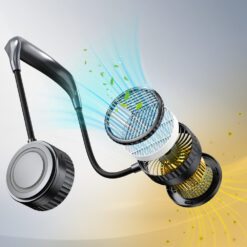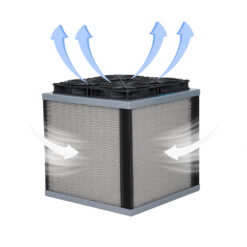SARS-Cov2, the virus that causes COVID-19, remains a significant health threat even after the end of the WHO’s public health emergency.
In this article, we explore ways that you and your family can effectively protect yourself from COVID-19.
How does COVID-19 spread?
COVID-19 is mainly spread through the air (airborne) via viral aerosols that carry the SARS-Cov2 virus. Viral aerosols can travel long distances and linger in the air for hours, similar to smoke.
Multiple studies suggest that these viral aerosols, which contain the SARS-Cov2 virus, are typically between the 1 to 5 microns in size, or a few times smaller than a red blood cell.
This means that, an asymptomatic person could silently spread the virus simply by breathing. Even after the infectious person has left the room, the virus can stay in the air for hours especially in badly ventilated rooms. This is why COVID-19 is far more contagious than other diseases.
It is also thought to be spread through touch, but studies conducted since the pandemic started have found that it is primarily spread through the air.
Why is COVID-19 a major health problem?
Studies have found that COVID-19 infections could lead to Long COVID, long-term symptoms that occur after the acute phase of infection or an asymptomatic infection. These symptoms could last for weeks, months, or even years.
Mild cases of Long COVID have been defined by many health authorities as loss of smell/taste, a lingering cough that doesn’t go away, shortness of breath, or mild fatigue.
However, the severity of Long COVID symptoms is a wide spectrum. Severe cases include chronic fatigue symptom (ME-CFS) that significantly impedes one’s life, memory issues, and new health issues affecting internal organs such as the brain, heart, and lungs.
The risk of developing Long COVID increases with each COVID infection. Thus, Long COVID researchers recommend people to take measures to prevent infections.
Repeat COVID-19 infections could also lower the overall condition of the immunity system, acting as a Trojan horse that takes down the body’s defenses and making one more susceptible to other illnesses.
It is currently estimated that the percentage of population suffering from Long COVID in countries such as the United States and Japan is between 7 to 35%. The Singapore MOH (Ministry of Health) is not keeping track of the number of Long COVID cases.
As of December 2024, there is no effective cure for Long COVID.
How to protect yourself from COVID-19
Since COVID-19 is an airborne disease, airborne mitigations are the most effectively at protecting yourself from the disease.
Mitigations should be thought of as layers of Swiss cheese – each layer reduces the possibility of infection, so having more layers is better.
1. First layer – Respirators [Personal Protection]
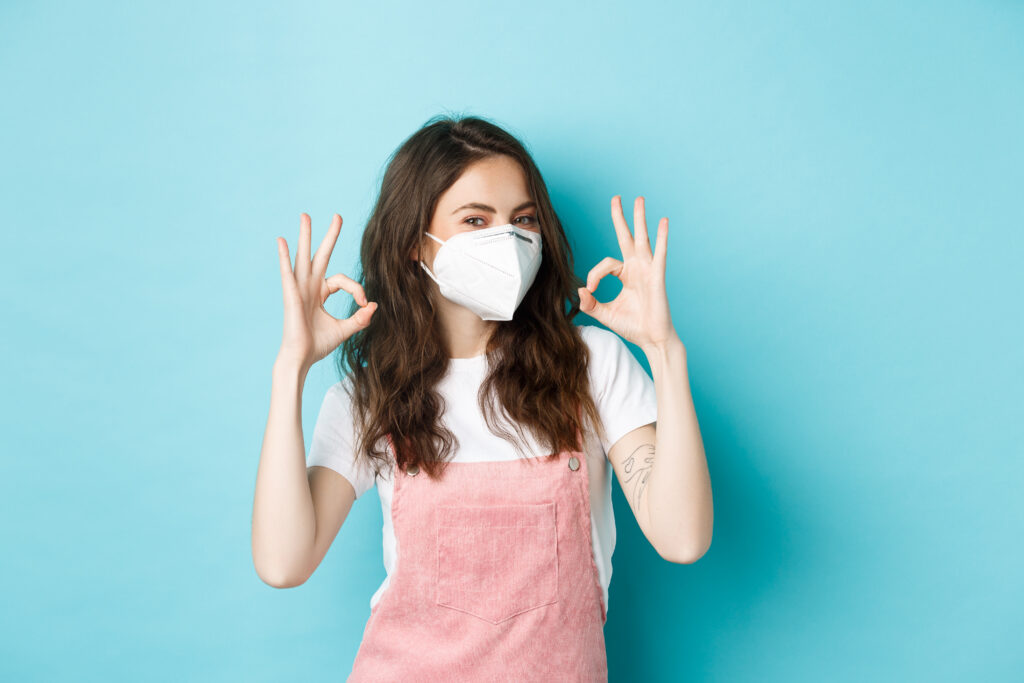
Respirators, used for a variety of situations, should be the first line of defense for anyone protecting themselves from COVID-19.
They come in different grades, like disposable ones such as N95, FFP2, KN95, and DS2, or non-disposable ones like P100. Some people may call an N95 respirator an N95 mask.
A disposable respirator that firmly and tightly fits your face is 95% – 99.9% effective at providing protection, as long as it is used correctly and properly all the time. Thus, it is important to use it all the time, as you never know when an infectious person is nearby.
Contrary to popular belief, there are disposable respirators that are easy-to-breathe and comfortable to use for long periods of time. These include respirators from the 3M Aura series and 3M Vflex series.
When you don a respirator, always remember to perform a user seal check to ensure that no air is leaking out or entering the respirator through gaps between your face. Watch the video below to find out how to don, doff, and perform a seal check:
You may also consider performing fit testing to check that the respirator you are using fits your face and provides a high level of protection. Click here for more information.
2. Second layer – Laminar Air Purifiers [Personal Protection]

Laminar air purifiers can be used as a second layer of defense to increase your protection against COVID-19.
These devices are designed to deliver a gentle laminar flow of clean air to the user’s face, which can be 90% to 100% cleaner than the surrounding air.
Use cases for laminar air purifiers include times when you cannot use a respirator, such as eating or drinking at a restaurant or when receiving medical treatment. It can also be used in classrooms, offices, airplanes, and other places outside your home.
Laminar air purifiers should be used as an additional layer of protection on top of a respirator. When both are used together, the overall protection increases by several fold.
AirFanta 4Lite and AirFanta mini are two different types of laminar air purifiers that offer a high level of personal protection through laminar flow technology. Learn more or purchase the products by clicking below:
Laminar Air Purifier
Laminar Air Purifier
Laminar Air Purifier
3. Third layer – Room Air Purifiers [Room Protection]

Room air purifiers are highly effective at reducing the viral load of SARS-Cov2 in the air, helping to reduce the possibility of infection as well as superspreader events.
Almost all room air purifiers in the market consist of two components – a fan and a filter.
As COVID-19 is highly contagious, it is important to have sufficient air cleaning to reduce the viral load in the room. You should purchase a room air purifier with a high Clean Air Delivery Rate (CADR) per Singapore Dollar ratio to get the best cost performance, and ensure that your home or office has at least 6 ACH (air changes per hour), which is in line with NEA (National Environmental Agency) recommendations.
Learn how to find a suitable room air purifier by clicking here.
AirFanta 3Pro is Singapore’s room air purifier with the best cost performance, boasting an impressive 702 m³/h CADR for just S$195. When run at the highest setting, it delivers 6 ACH in a 45 m² apartment, or a whopping 18 ACH in a 15 m² bedroom.
Learn more or purchase by clicking below:
Room Air Purifier
4. Fourth layer – Ventilation and other air cleaning technologies [Room Protection]

The amount of carbon dioxide (CO2) in an indoor space could be used as a proxy for COVID-19 risk. Carbon dioxide is breathed out by humans and can only be removed by natural ventilation or mechanical ventilation – it cannot be removed through room air purifiers.
A high concentration of carbon dioxide in an indoor space is a sign of insufficient ventilation. A study from the University of Bristol also suggested that higher levels of carbon dioxide increase survival of viruses in the air.
The higher the carbon dioxide concentration, the higher the risk of infection. You should aim to have a CO2 level that is 800ppm or less. The lower, the better.
| CO2 level (ppm) | Percentage of re-breathed air | Risk |
|---|---|---|
| 420 (ambient) | < 0.1% | Very Low |
| 600 | 0.5% | Low |
| 800 | 1% | Medium |
| 1,000 | 1.5% | Medium |
| 1,200 | 2% | High |
| 1,600 | 3% | Very High |
| 2,000 | 4% | Extremely High |
| 4,000 | 9% | Extremely High |
Natural ventilation (opening doors and windows) adds about 0.5 to 2 air changes per hour to an indoor space, which can help with removing carbon dioxide.
Other air cleaning technologies, such as Far-UV (222nm) and Upper UV, could be considered.
5. Fifth layer – Testing
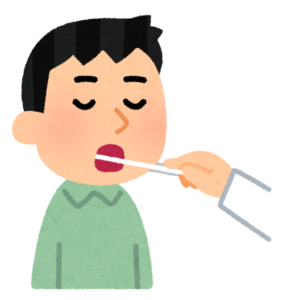
Reliable PCR-level molecular tests can help to catch an asymptomatic infection before an infectious person potentially spreads to other susceptible people.
Learn more about PCR-level molecular tests by clicking here.
6. Sixth layer – Vaccines
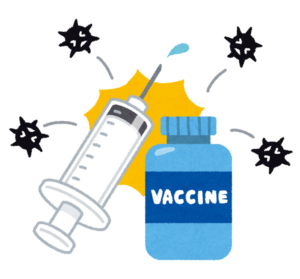
While current COVID-19 vaccines have limited effect at preventing outward transmission and protecting one from infections, they still confer some protection against severe illness and death.
Vaccines may also reduce the chance of developing Long COVID, according to Long COVID researchers Dr. Al-Ay and Akiko Iwasaki (PHD).
7. Seventh layer – Antivirals
Antivirals, such as Pfizer’s Paxlovid, could help to reduce the chance of developing Long COVID, severe illness, and death when taken at the right time.
More information can be found here.
Conclusion
Through the use of effective non-pharmaceutical interventions such as respirators, laminar air purifiers, and room air purifiers, you can significantly reduce the chance of catching COVID-19 and subsequently Long COVID.
Given that Singaporeans spend lots of time indoors, a whole-of-society effort is required to significantly improve indoor air quality in all indoor spaces. This will not only help in reducing COVID-19 infections, but also other types of infections that spread through the air and possibly stop the next airborne pandemic.
Singaporeans should advocate for the following to improve indoor air quality, reduce viral infections, and maintain the health of our people:
- Press MPs (members of parliament) to pass an Indoor Air Quality act to regulate the level of carbon dioxide and other harmful contaminants in indoor spaces
- Adopt ASHRAE 241 Control of Infectious Aerosols standards into the Indoor Air Quality act
- Urge MOH to enforce a universal respirator mandate in all healthcare settings to protect patients and staff from HAI (hospital-acquired infections)
Acknowledging the spread of airborne diseases and proactively doing something about it will pay off several times in less sick time, less burden on the healthcare system from Long COVID and post-acute COVID symptoms, and improve the health of our people and economy.
The best way to protect yourself from COVID-19 and Long COVID is by not catching it in the first place.

